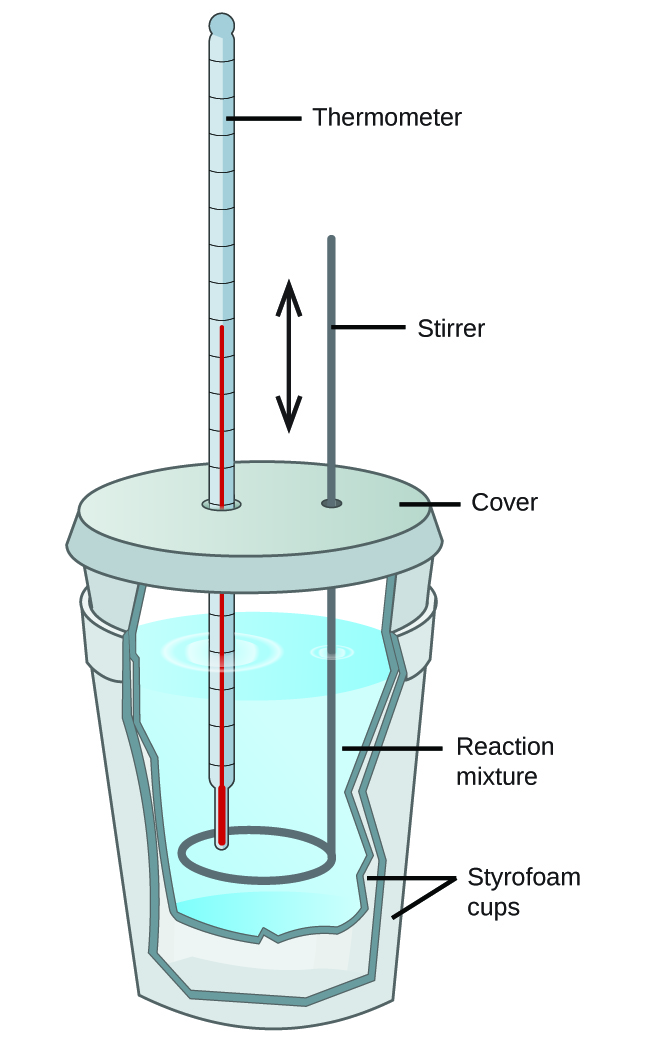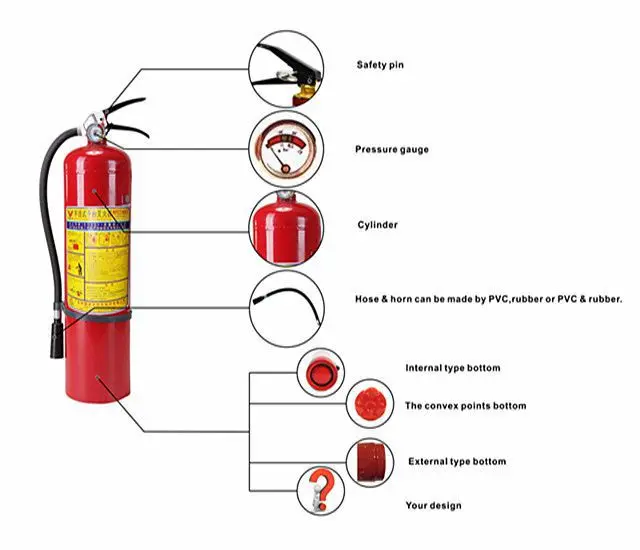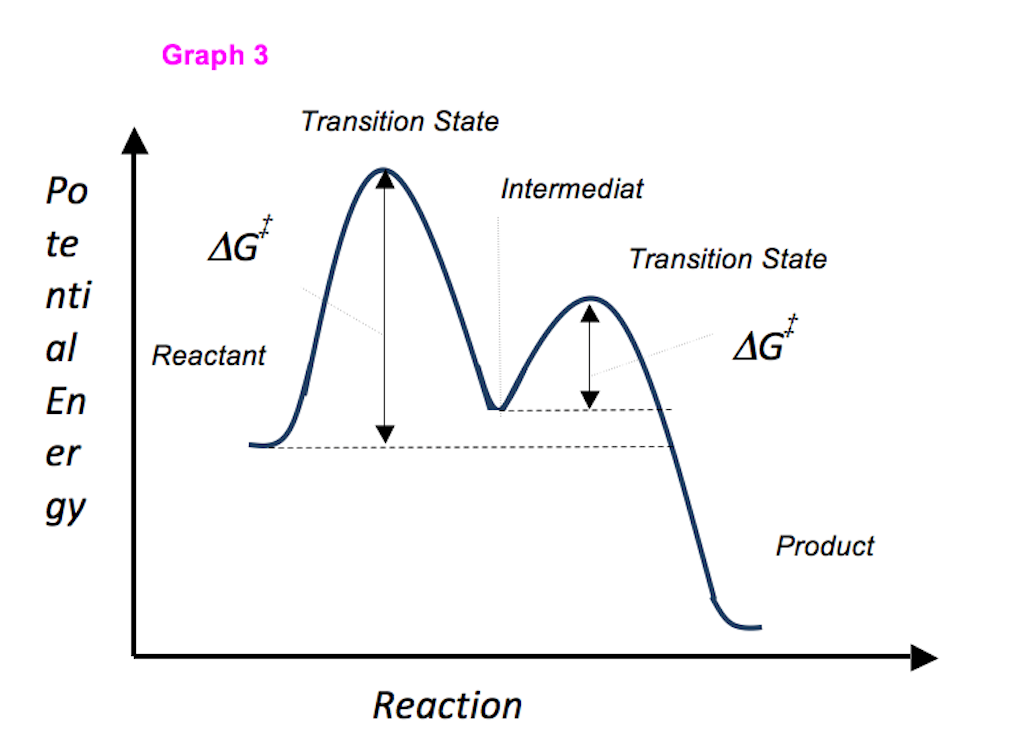38 label the parts of the chemical reaction
BYJUS BYJUS Chemical reactions - Department of Education and Training Chemical reactions involve interaction between chemicals such that all reactants are changed into new materials. The properties of the new materials are different from those of the reactants. This is distinct from other changes such as evaporation, melting, boiling, freezing and mixing where changes involve no new substances.
Parts of a Chemical Equation Worksheet | Aurumscience.com. Parts of a Chemical Equation All of the basic parts of a chemical reaction are covered by this worksheet. Students will identify the reactants, products, subscripts, and coefficients. Included is information on the state of matter notation that indicates whether each substance is a solid, liquid, gas, or aqueous solution.

Label the parts of the chemical reaction
Citric Acid and Baking Soda Experiment - Little Bins for ... Typically a baking soda chemical reaction involves vinegar, and that is what we generally use. However, certain fruits high in vitamin C or Ascorbic acid will produce a similar fizzy, bubbly reaction when combined with baking soda. Our citrus acid experiments also have a much better smell than the traditional vinegar ones! What Are the Parts of the Periodic Table? - ThoughtCo Key Takeaways: Parts of the Periodic Table The periodic table orders elements by increasing atomic number, which is the number of protons in the atom of an element. The rows of the periodic table are called periods. All elements within a period share the same highest electron energy level. The columns of the periodic table are called groups. Types of Chemical Reactions (With Examples) - ThoughtCo A substitution or single displacement reaction is characterized by one element being displaced from a compound by another element. A + BC → AC + B An example of a substitution reaction occurs when zinc combines with hydrochloric acid. The zinc replaces the hydrogen: Zn + 2 HCl → ZnCl 2 + H 2 Metathesis or Double Displacement Reaction
Label the parts of the chemical reaction. Energy Balances — Introduction to Chemical and Biological ... Write the appropriate simplified energy balance depending on whether the problem involves sensible heating/cooling, phase change, or chemical reaction. Along with the balance equation, write down the given information associated with that equation, such as average heat capacities, enthalpy changes for a phase change. or enthalpy changes of ... Endosulfan - Wikipedia Endosulfan is a ubiquitous environmental contaminant. The chemical is semivolatile and persistent to degradation processes in the environment. Endosulfan is subject to long-range atmospheric transport, i.e. it can travel long distances from where it is used. Thus, it occurs in many environmental compartments. Potential Energy Diagrams - Kentchemistry.com A potential energy diagram plots the change in potential energy that occurs during a chemical reaction. This first video takes you through all the basic parts of the PE diagram. Sometimes a teacher finds it necessary to ask questions about PE diagrams that involve actual Potential Energy values. This short video takes you through a few example ... Reactants and Products in Chemical Reactions - dummies The 2 in front of the oxygen gas and the 2 in front of the water vapor are called the reaction coefficients. They indicate the number of each chemical species that reacts or is formed. Methane and oxygen (oxygen is a diatomic — two-atom — element) are the reactants, while carbon dioxide and water are the products.
Parts of a Lab Report - Chemistry Lab Resources (for CHM 1XX and 2XX ... Parts of a Lab Report Note: Most 100-level chemistry labs require only worksheets to be filled out at the completion of each lab. Therefore, this information would be most useful for 200-level students as lab reports are often required for those courses. Now that you have completed an experiment and have collected all of the necessary ... PDF 2.4 Chemical Reactions and Enzymes - Weebly A chemical reaction is a process that changes one set of chemicals into another set of chemicals. The elements or compounds that enter into the reaction are the reactants. The elements or compounds produced by the reaction are the products. Chemical reactions involve changes in the chemical bonds that join atoms in compounds. Solved Label the parts of the reaction below. Not all labels - Chegg Science; Biology; Biology questions and answers; Label the parts of the reaction below. Not all labels will be used. Question: Label the parts of the reaction below. Not all labels will be used. Solved Label the appropriate parts of the photosynthetic | Chegg.com Answer: Above diagram depicts photosynthesis process …. View the full answer. Transcribed image text: Label the appropriate parts of the photosynthetic reactions in a chloroplast. ATP NADP но 8 NADPH Calvin cycle reactions Light reactions ADP + P Solar energy cho. Previous question Next question.
Electrochemical Reactions - Purdue University Within each half-cell, reaction occurs on the surface of the metal electrode. At the zinc electrode, zinc atoms are oxidized to form Zn 2+ ions, which go into solution. The electrons liberated in this reaction flow through the zinc metal until they reach the wire that connects the zinc electrode to the platinum wire. Quiz 7 Answers.docx - Chapter 7 Quiz Label the appropriate parts of the ... Chapter 7 Quiz Label the appropriate parts of the photosynthetic reactions in a chloroplast. View the animation below, then complete the quiz to test your knowledge of the concept. Proton Pumps are protein complexes that Move hydrogen ions across cell membranes As protons move through the proton pump, They build up on one side of the membrane, producing a concentration gradient. Labeling Parts to a Chloroplast Diagram | Quizlet Start studying Labeling Parts to a Chloroplast. Learn vocabulary, terms, and more with flashcards, games, and other study tools. WorkSafeBC (1) If a laboratory sample of a hazardous product is the subject of a labelling exemption under the Hazardous Products Regulations, a label provided by the supplier and affixed to, printed on or attached to the container of the product received at the workplace that discloses the following information in place of the information required under ...
1: Chemical Kinetics - The Method of Initial Rates (Experiment) Sep 22, 2021 · The rate law of a chemical reaction is a mathematical equation that describes how the reaction rate depends upon the concentration of each reactant. Two methods are commonly used in the experimental determination of the rate law: the method of initial rates and the graphical method .
Labeling Parts of a Reaction Coordinate Diagram - YouTube About Press Copyright Contact us Creators Advertise Developers Terms Privacy Policy & Safety How YouTube works Test new features Press Copyright Contact us Creators ...
7.2 Reactants and products | Chemical reactions | Siyavula We can tell if a chemical reaction has taken place when one or more of the following things happen: There has been a colour change inside the reaction flask. A gas has formed. Usually we know a gas has formed when we can see bubbles. This should not be confused with boiling, which only happens when a liquid is heated to its boiling point.
Parts of a Chemical Reaction Flashcards | Quizlet Reactants Substances at the beginning of a reaction. Products Substances at the end of a reaction. Coefficients Number in front of the formula that shows how many molecules in that formula. Subscripts Number after an element that shows how many molecules in that specific element. Arrow "Turns into" or "yields". Law of Conservation of Mass
Types of Chemical Reactions Key - Google Docs Label the reaction written in part a with one of the reaction types in Model 1. Decomposition 13. Identify each of the reactions below as synthesis (S), decomposition (D), single replacement (SR)...
Chapter 7: Neutralization Reactions - Intro.chem.okstate.edu Consider ONE more reaction, between sulfuric acid and barium hydroxide; H 2 SO 4 (aq) + Ba (OH) 2 (aq) ---> To write the products we combine the anion of the acid with the cation of the base and write the correct formula following the principle of electroneutrality. The other product is water. Be sure to balance this equation.
Labeling Parts Of A Chemical Reaction Worksheets - Learny Kids Displaying top 8 worksheets found for - Labeling Parts Of A Chemical Reaction. Some of the worksheets for this concept are Types of reactions work, Unit one part 2 naming and functional groups, Physical and chemical changes work, Writing chemical equations, Lesson physical science atoms and molecules, The components structure of dna, Chemistry classifying reactions work, Watersheds test review ...
Chem4Kids.com: Reactions: Overview 1. A chemical change must occur. You start with one molecule and turn it into another. Chemical bonds are made or broken in order to create a new molecule. One example of a chemical reaction is the rusting of a steel garbage can. That rusting happens because the iron (Fe) in the metal combines with oxygen (O 2) in the atmosphere.
Ice, Cream... and Chemistry - American Chemical Society If you taste ice cream at room temperature it will taste overly sweet. You may have noticed this same effect with carbonated soft drinks. If consumed warm, they taste sickly sweet. In parts of the world where soft drinks are normally consumed warm, there is less added sugar. If these same soft drinks were served cold, they would not taste sweet ...
/GettyImages-141482586-566245ac3df78ce16197a1fd.jpg)




Post a Comment for "38 label the parts of the chemical reaction"